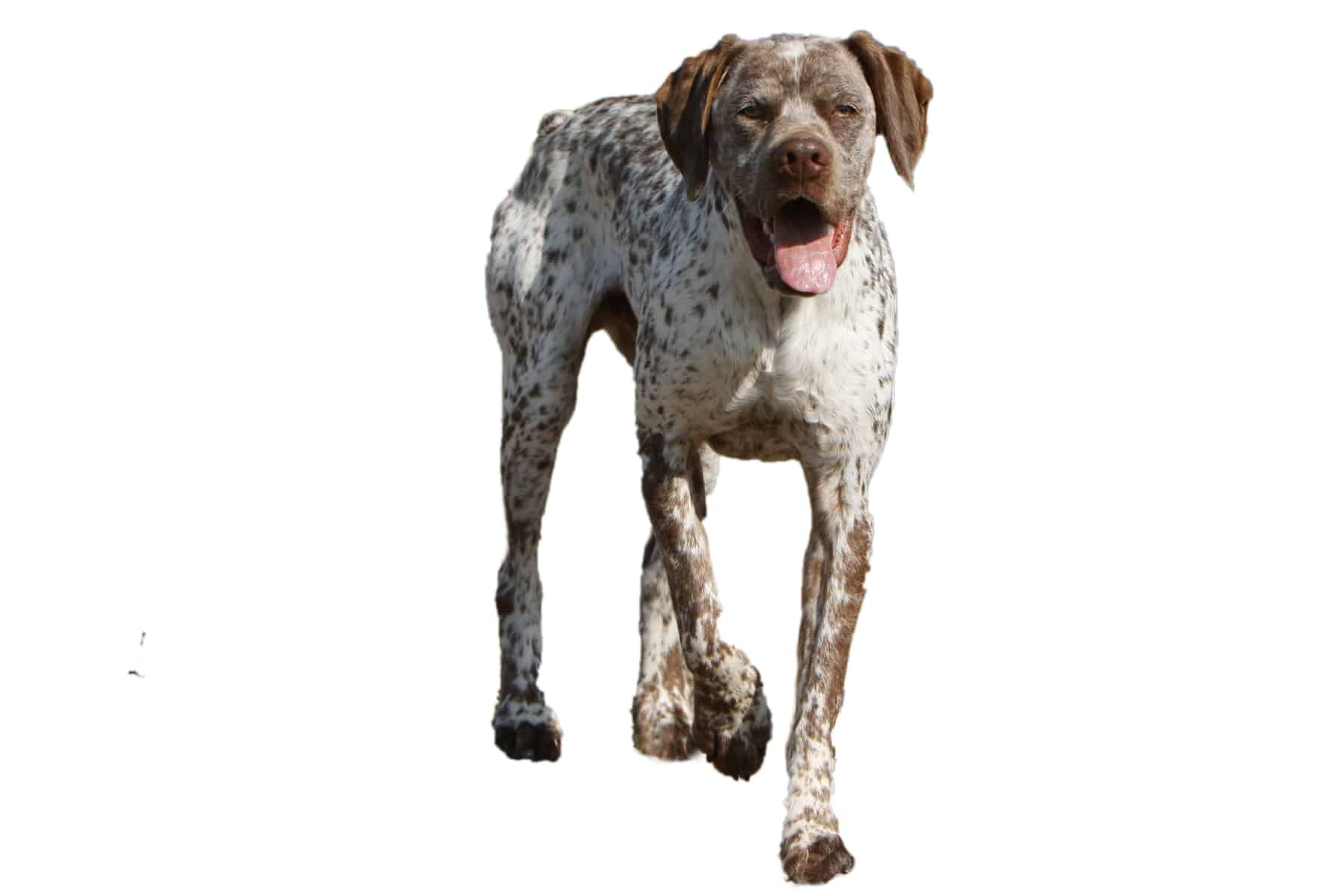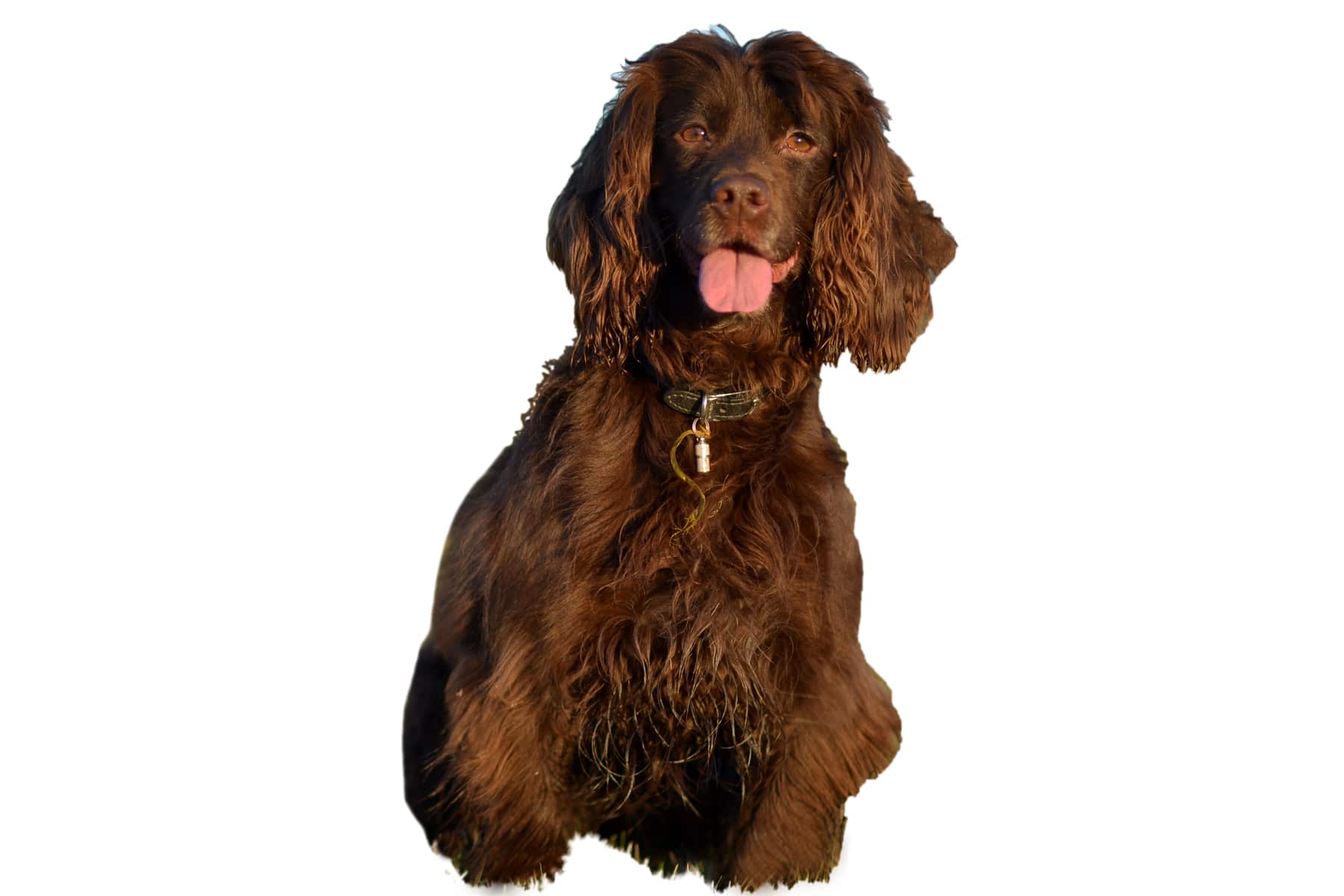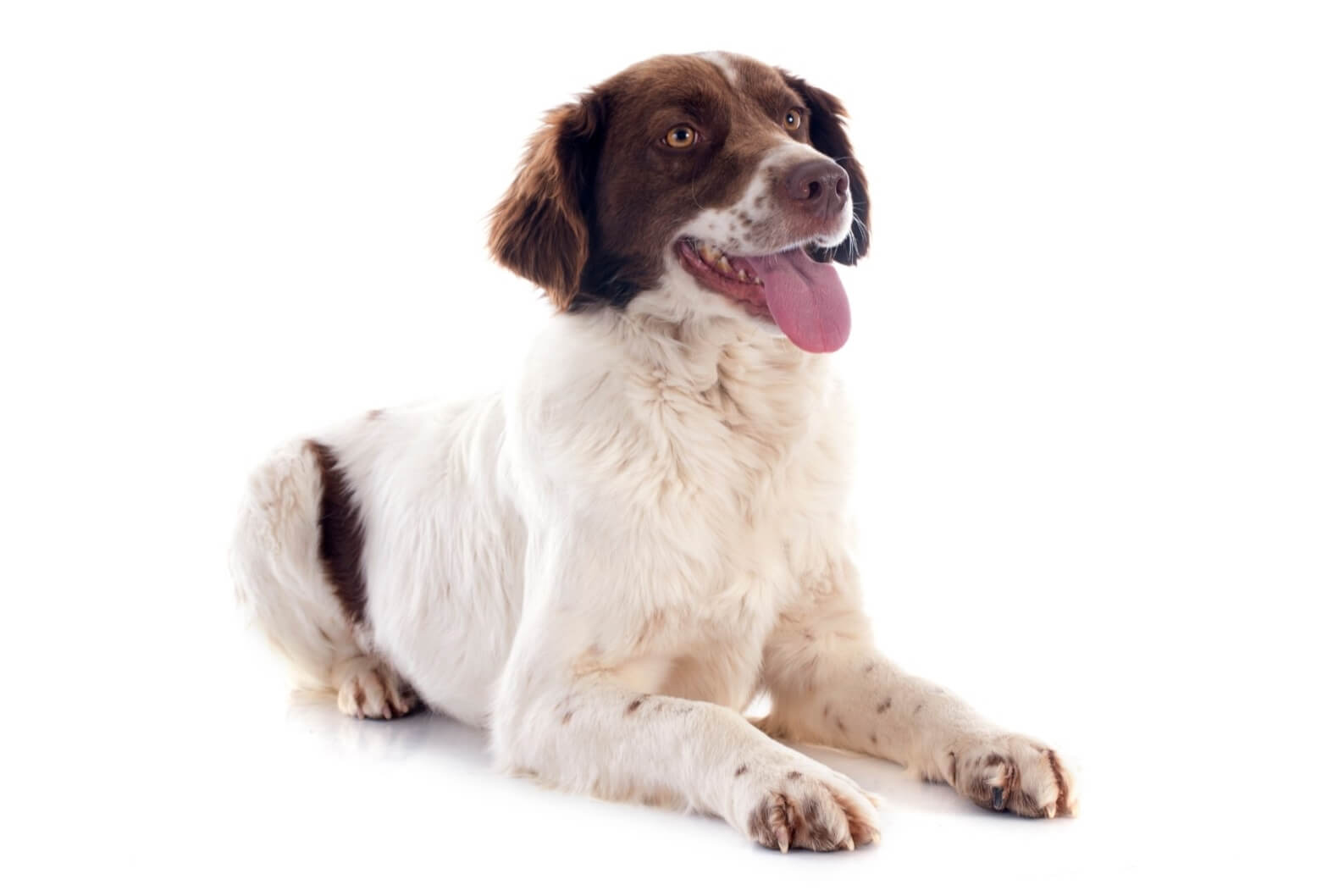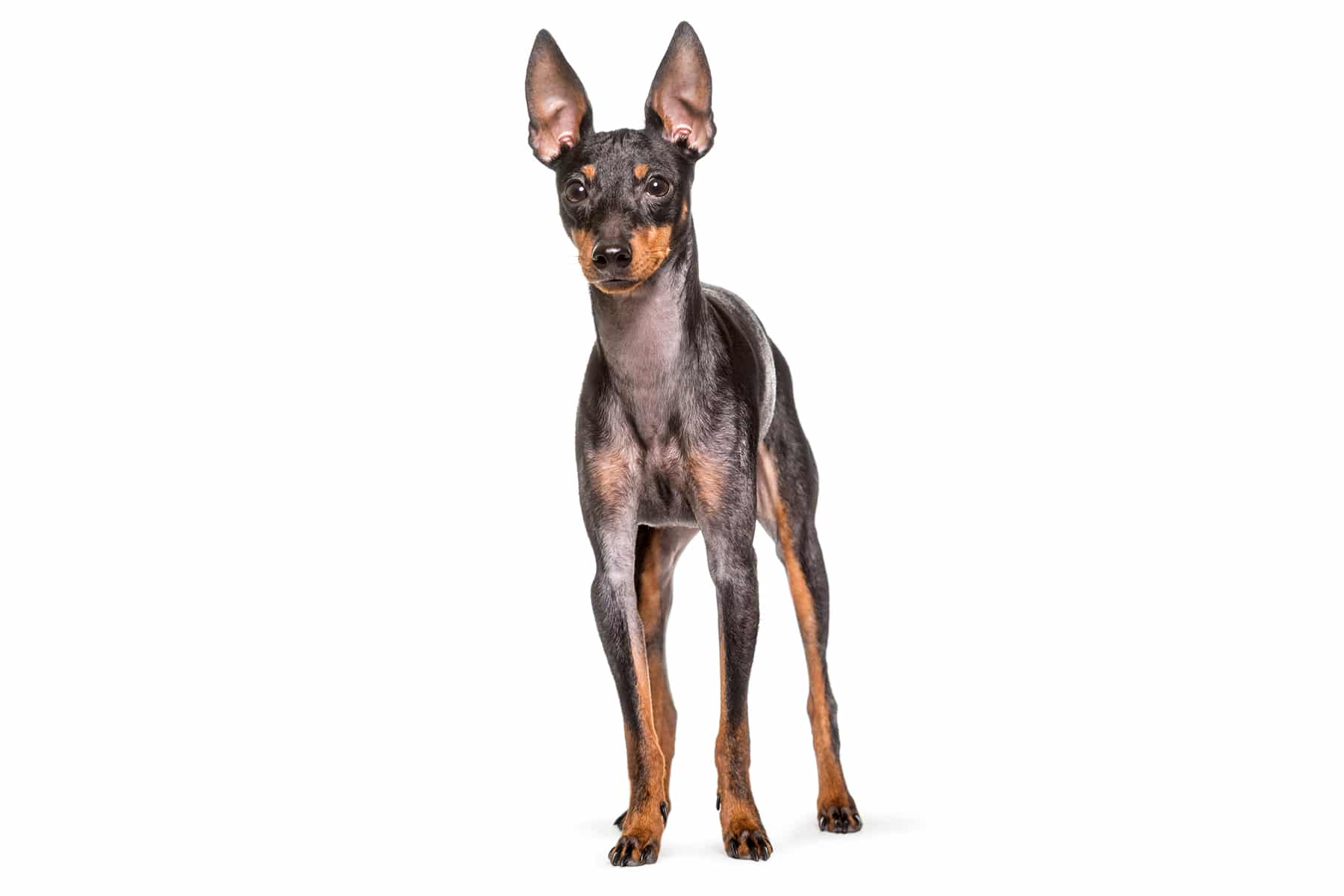Norfolk Terrier
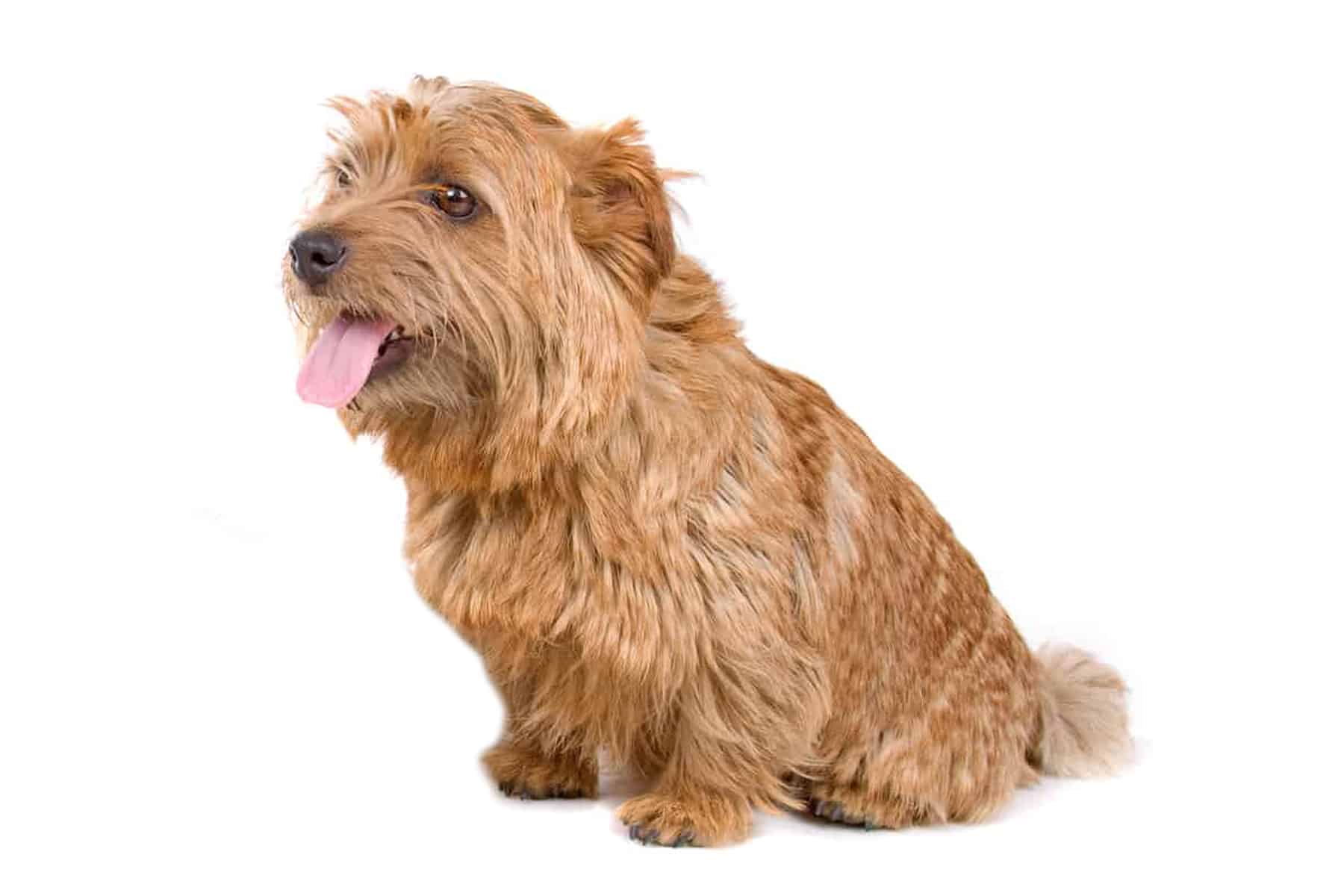
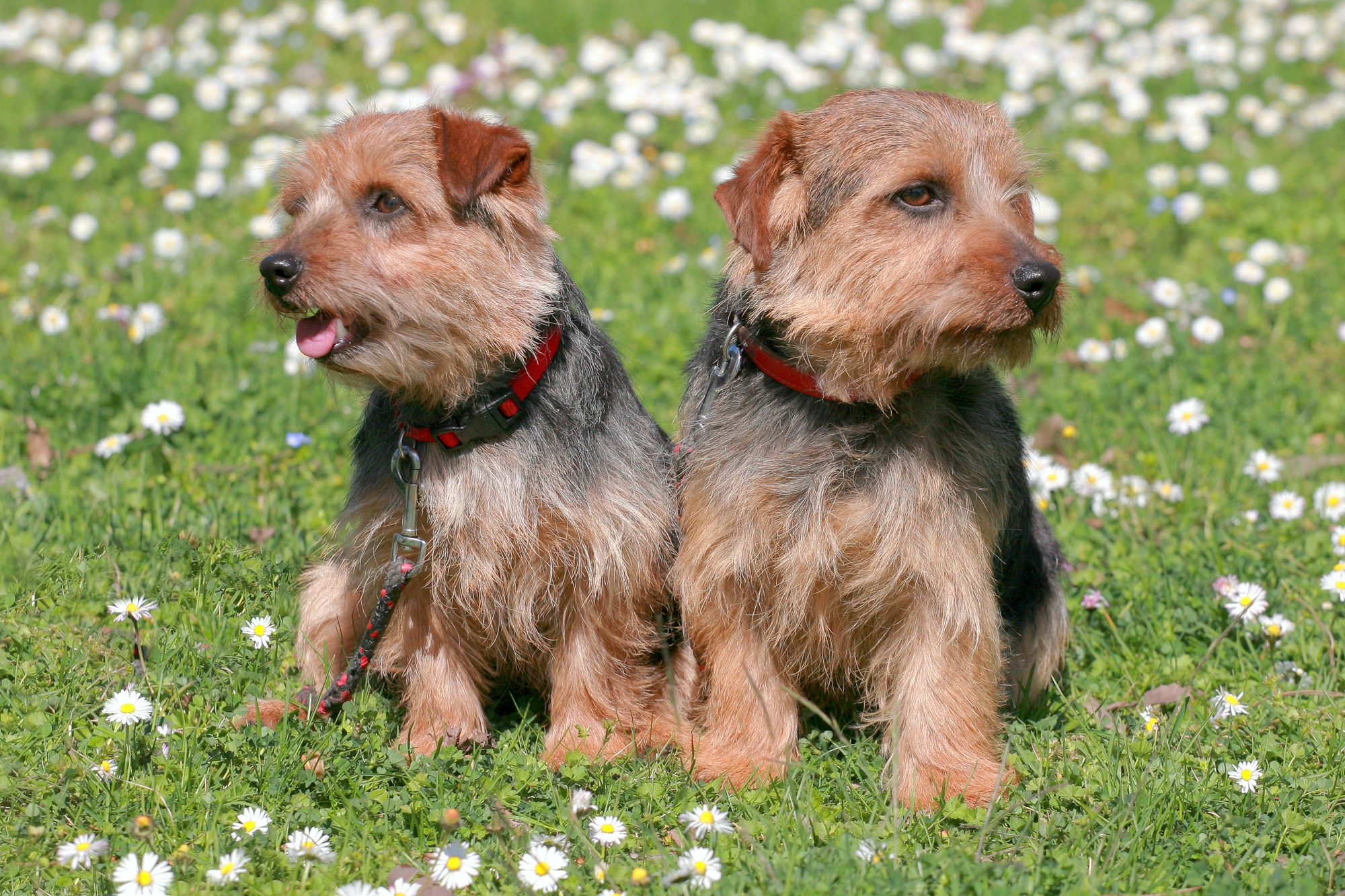
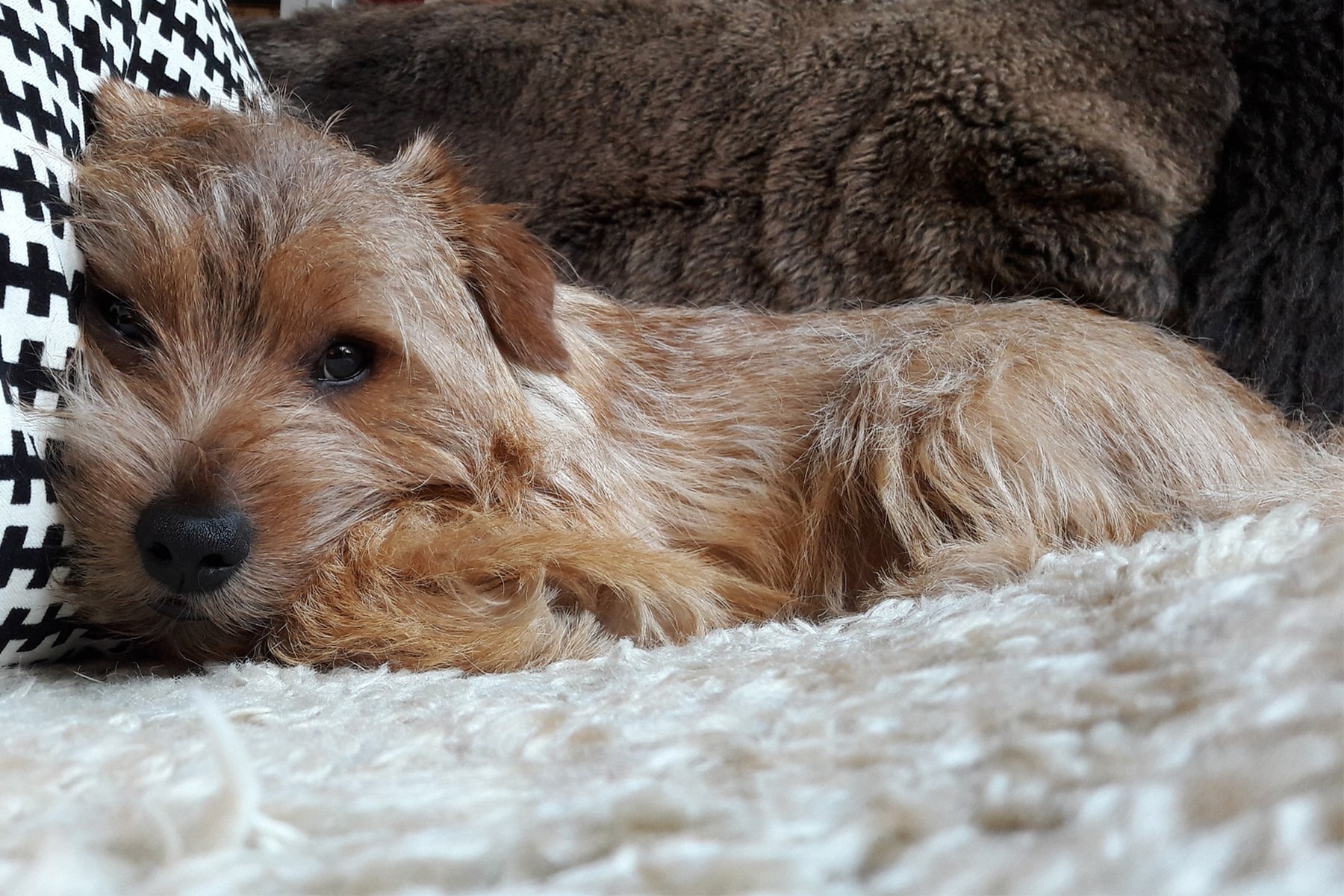
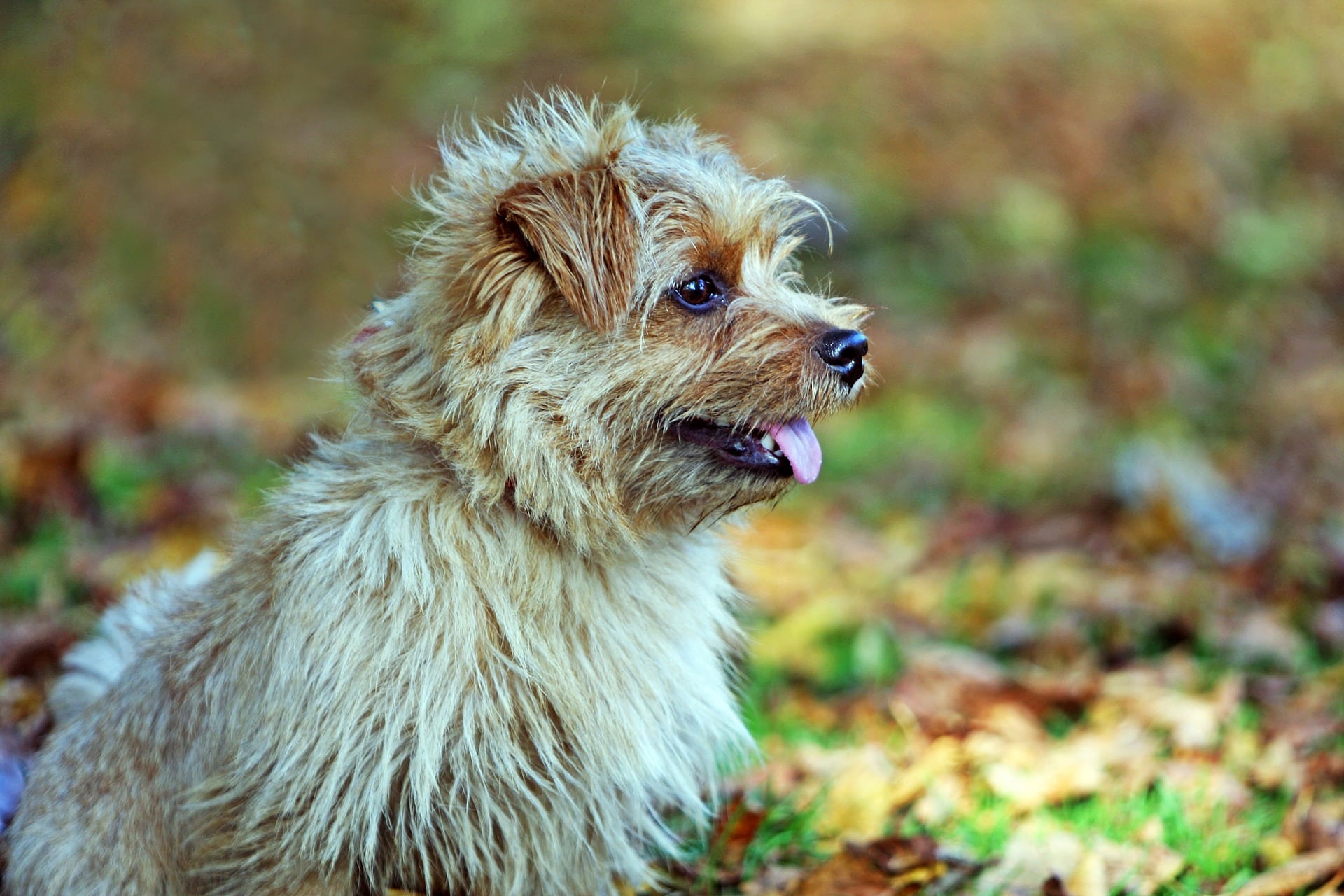
Temperament:
At first glance, the Norfolk Terrier is a small, particularly cute dog. But he is much more than that. He is a loyal, intelligent and fearless companion who loves fun and games. Although he is the right size, he is by no means a lap dog. For all its playfulness, the Norfolk Terrier is a true terrier. This means that these little four-legged friends are lively, self-confident and adventurous.
Characteristics
The Norfolk Terrier looks relatively inconspicuous. This is why it is often mistaken for a mongrel. Their nature is friendly, even-tempered and lively. There are hardly any snappy and nervous Norfolk Terriers.
The Norfolk Terrier has a robust and strong build. Although it is one of the smallest terriers. In fact, a Norfolk Terrier can only grow to 25 cm when fully grown. Nevertheless, it should not be underestimated, as it defends its territory without hesitation.
He is a compact contemporary who likes to move freely and independently. Its weatherproof coat makes it a versatile and pleasant dog. The expressive tilting ears and short legs are also unmistakable.
The Norfolk Terrier's coat is hard, almost wiry and falls rather straight. Its closest relatives are the Norwich Terriers. It shares many characteristics with them. The easiest way to distinguish the two breeds is by the shape of their ears. The Norwich Terrier has upright, pointed ears. The Norfolk Terrier's ears are folded.
The Norfolk Terrier was bred to work in a pack. This makes him much more sociable than the typical terrier. Nevertheless, there is still a lot of terrier in him. However, he is pleasant to handle and does not tend to scuffle.
Today, only a few dogs of this breed are still used as working animals. In the past, they were trained to hunt rats and other unwanted rodents.
In general, they are ideal guard dogs. They raise the alarm if strangers enter their territory uninvited. This is why the Norfolk Terrier also loves to bark.
The Norfolk Terrier does not weigh much. This makes them easy to carry in your hand or pocket, which has earned them a reputation as a good traveling companion. In fact, they are very adaptable dogs. They can be used for almost anything - within a dog-friendly framework, of course.
Basically, the Norfolk Terrier is an easy-care companion. Due to its size, it also copes well with small spaces. As long as the owners provide sufficient exercise, it is a perfect house dog. Especially as it is a very alert animal.
One advantage of the Norfolk Terrier is that it gets on well with other dogs. It is therefore ideal as a second dog. Its behavior towards children is also unproblematic. However, children should be instructed to give the Norfolk Terrier its space. Otherwise he can react sensitively.
Nevertheless, the "little red one", as he is often affectionately called, is particularly popular as a family dog.
Coat care:
Shedding:
Energy level:
Trainability:
Children suitable:
The right food
When choosing food, make sure that it contains high-quality ingredients, is balanced and meets your dog's requirements. Age, size or weight, activity and health status play an important role. You should follow the manufacturer's recommendations for the amount of food.
Treats should only be fed in moderation and deducted from the basic diet to avoid obesity.
Puppies can be fed 4-6 times a day. The number of meals should be gradually reduced to 2 per day until the dog is fully grown. A rest period should be observed after meals.
Fresh drinking water should be available at all times.
Health & Care
The typical Norfolk Terrier has a double coat. This consists of a harder outer layer and a soft undercoat. This ingenious coat system protects the small dog's body from both heat and cold.
The Norfolk Terrier produces excess undercoat. This excess material can easily be carefully removed or plucked by hand so that new fur can grow back well and healthily: this is called trimming.
You can use a simple dog comb for this. By trimming your Norfolk Terrier's coat, it will retain its beautiful shine and rich color. And your dog will feel comfortable and fresh.
Don't let your Norfolk Terrier have a bath. Especially not in the days before trimming. An occasional shower with water is sufficient.
The Norfolk Terrier is easy to care for. As it has hardly any hair, the Norfolk Terrier's coat only needs to be trimmed two to three times a year. Important: Do not use scissors or clippers.
You should also regularly check and clean your ears and eyes for dirt and debris. This reduces the risk of infection.
A Norfolk's teeth should be brushed regularly with a toothpaste for dogs.
Norfolk Terriers are generally healthy dogs. However, some may have heart or eye problems or suffer from patellar luxation.
Regular veterinary examinations ensure a long and healthy life.
Suitable accessories
As the Norfolk Terrier is very active by nature, it should always be kept on a lead when out walking. It has a hunting instinct and can chase small animals quickly. It can run free on a property without any problems as long as it is fenced in.
A sturdy comb is required to trim the coat.
With his boundless energy, long walks are an advantage. Playing together is also important to him. Various toys should therefore be part of the standard repertoire.
The basic equipment also includes: dog basket or dog mat as a retreat, water and food bowl, tick tweezers, claw clippers, dog toothbrush and cream, transport box for transportation in the car and a first aid kit. It's best to ask your vet what should be in the first aid kit.
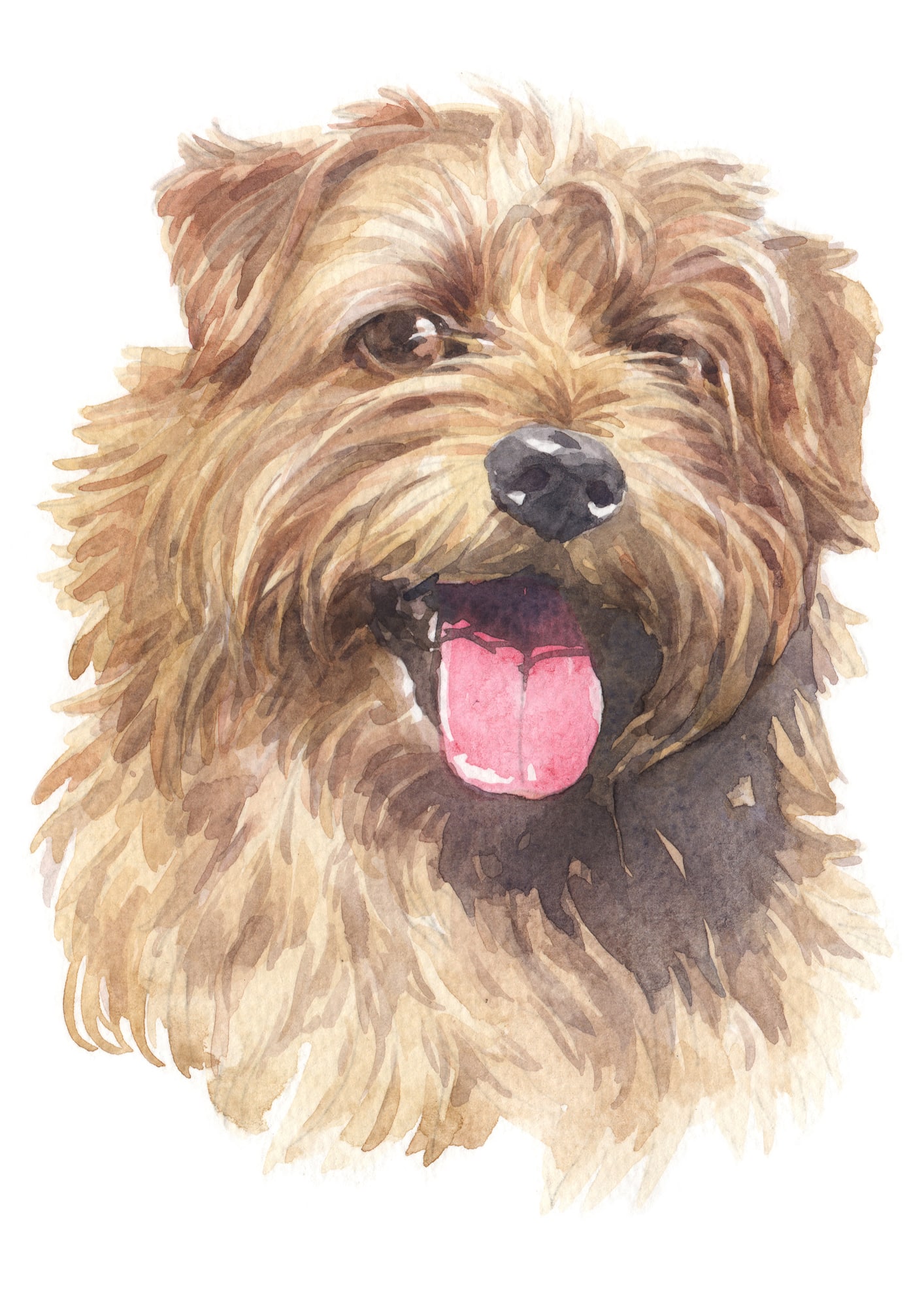
Origin & History
In the past, the Norwich Terrier and the Norfolk Terrier were regarded as one breed. In England and the USA, both dogs were initially classified as Norwich Terriers.
Derived from the name of their breeder Frank "Roughrider" Jones, these dogs were sometimes also referred to as Jones Terriers. Frank "Roughrider" Jones was an English dog breeder and horseman. At the beginning of the 20th century, he bred this small red-furred terrier breed. He used them to hunt rats and other rodents.
After long discussions, the Norfolk Terrier was recognized as an independent breed in 1964. Later, the Norfolk Terrier was added to the official breed lists. The Canadian Kennel Club officially separated the two breeds in 1977, and two years later the AKC also followed this decision and officially separated the Norwich Terrier from the Norfolk Terrier.
The FCI finally recognized the Norfolk Terrier as a breed in 1966.
But where does the name Norfolk come from? Both Norfolk and Norwich refer to their place of origin. The northern English city of Norwich is located in the county of Norfolk, north of London.
